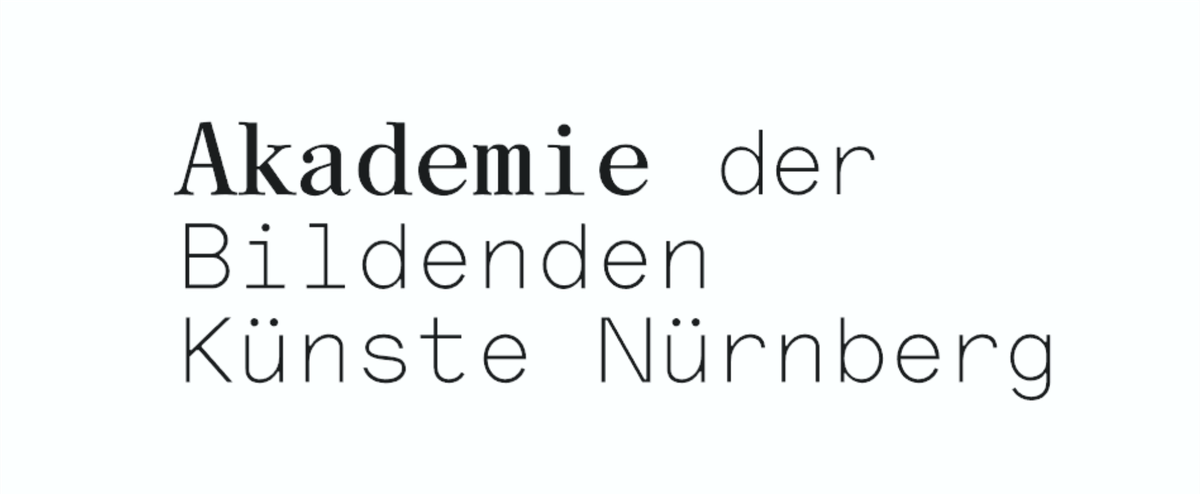
Academy of Fine Arts Nuremberg: Visiting Hours, Tickets & Historical Site Guide
Date: 14/06/2025
Introduction
The Academy of Fine Arts Nuremberg (Akademie der Bildenden Künste Nürnberg, AdBK Nürnberg) is a cornerstone of German and European art history. Established in 1662, it is the oldest art academy in the German-speaking world, blending centuries-old tradition with contemporary innovation. Set in a tranquil woodland near the Nuremberg Zoo, the academy’s modernist pavilions—originally designed by Sep Ruf and expanded by Hascher Jehle Architektur—make the campus itself a significant architectural attraction. This guide provides comprehensive details on visiting hours, tickets, accessibility, must-see features, nearby attractions, and practical tips to enhance your visit (Academy of Fine Arts Nuremberg, source 1, source 2, source 3).
Table of Contents
- Introduction
- Historical Overview
- Visiting the Academy
- Academic Programs and Educational Philosophy
- Cultural Impact and Notable Alumni
- Frequently Asked Questions (FAQ)
- Plan Your Visit: Summary & Recommendations
- References
Historical Overview
Foundation and Early Years (1662–18th Century)
The academy was founded by Jacob von Sandrart in 1662, making it a pioneer in institutional art education in Central Europe. Inspired by Renaissance and humanist ideals, its curriculum initially focused on painting, sculpture, and engraving, playing a crucial role in shaping Nuremberg’s artistic tradition (source 2).
19th Century: Expansion
During the 19th century, the academy broadened its scope to include applied arts, such as gold- and silversmithing, graphic design, and early photography. Celebrated artists like Adolf von Hildebrand emerged from this era, highlighting the academy’s influence on the evolution of German art.
20th Century to Present: Modernism and Renewal
The devastation of World War II led to the destruction of the original building. In 1956, the academy reopened in a new modernist campus designed by Sep Ruf, symbolizing postwar cultural renewal. Further expansions, including the 2013 addition by Hascher Jehle Architektur, have reinforced its status as a hub for artistic creation and dialogue (source 2).
Visiting the Academy
Hours and Ticket Information
- General Opening Hours:
- During Lecture Period:
- Monday–Friday: 7:30 a.m. – 7:00 p.m.
- Saturday: 9:00 a.m. – 1:00 p.m.
- During Lecture Break:
- Monday–Thursday: 8:00 a.m. – 5:00 p.m.
- Friday: 8:00 a.m. – 2:30 p.m.
- During Lecture Period:
- Exhibitions:
- Public exhibitions are typically open Tuesday–Sunday, 10:00 a.m. – 5:00 p.m. (some variation possible; check the official website).
- Tickets:
Access and Accessibility
- Location: Bingstraße 60, 90480 Nürnberg, Germany.
- Public Transport: Easily accessible via U-Bahn (Nuremberg Zoo/Tiergarten station) and bus lines. Limited on-site parking; public transport is recommended during events.
- Accessibility: The campus is wheelchair accessible, with ramps and elevators. For specific needs, contact [email protected] in advance (source 1).
Campus Highlights and Photography
- Architecture: Notable for its glass-walled pavilions and integration with natural surroundings, the campus exemplifies modernist design and is a protected monument (source 2).
- Exhibitions and Events: Annual events like the “Jahresausstellung” (Annual Exhibition) showcase student and faculty work. The Akademie Galerie Nürnberg features rotating exhibitions open to the public.
- Photography: Allowed in public spaces and exhibitions unless otherwise noted. Always check signage or ask staff for current policies.
Nearby Attractions
- Nuremberg Zoo: Adjacent to the academy, a top destination for families.
- Neues Museum Nürnberg: Contemporary art museum, accessible by tram.
- Nuremberg Old Town (Altstadt): Medieval architecture, historic sites such as the Imperial Castle, and the Toy Museum, all within easy reach.
Academic Programs and Educational Philosophy
The academy offers Bachelor’s, Master’s, and Doctoral programs across fine arts, sculpture, painting, photography, graphic design, and art education. Its teaching philosophy, rooted in “reflected freedom,” emphasizes critical engagement, interdisciplinary practice, and individual mentorship within small class settings. The motto “To know in order to do” encapsulates the balance between theory and creative experimentation (source 2, source 3).
Cultural Impact and Notable Alumni
The academy has played a pivotal role in shaping artistic movements in Germany and Europe for over 350 years. Renowned alumni include Adolf von Hildebrand, Friedrich August von Kaulbach, Wolfgang Herrndorf, and Herbert Achternbusch. International partnerships and exchange programs further enhance its influence on contemporary art practice (source 1).
Frequently Asked Questions (FAQ)
Q: What are the Academy’s visiting hours?
A: Public exhibitions are usually open Tuesday–Sunday, 10:00 a.m. – 5:00 p.m. General campus hours vary. Always check the official website for the latest updates.
Q: Do I need a ticket to visit?
A: Most exhibitions are free; special events may require a ticket (typically €5–€10).
Q: Is the academy accessible for visitors with disabilities?
A: Yes, the campus is mostly barrier-free. Contact the academy for specific assistance.
Q: Are guided tours available?
A: Yes, for groups or during major exhibitions. Book in advance via the academy’s website or visitor services.
Q: Can I take photographs inside?
A: Photography is allowed in public areas unless otherwise indicated. Always respect signage and staff instructions.
Q: What else can I visit nearby?
A: The Nuremberg Zoo, Neues Museum Nürnberg, the Imperial Castle, and the Old Town are all close by.
Plan Your Visit: Summary & Recommendations
The Academy of Fine Arts Nuremberg unites historical significance, outstanding modernist architecture, and a vibrant artistic community. Free admission to most exhibitions, accessible facilities, and proximity to other major attractions make it an essential stop for art lovers and cultural tourists. For the richest experience, plan your visit during the annual exhibitions or public festivals. Always consult the academy’s official website for current hours and events, and consider using the Audiala app for a personalized tour experience (source 1, source 2, source 3).
References
- Academy of Fine Arts Nuremberg: History, Visitor Information, and Significance, 2025
- Academy of Fine Arts Nuremberg Visiting Hours, Tickets & Historical Significance, 2025
- Academy of Fine Arts Nuremberg Visiting Hours, Tickets & Visitor Guide, 2025
- Visiting the Academy of Fine Arts Nuremberg: A Historic Monument and Cultural Hub in Nürnberg, 2025




















































